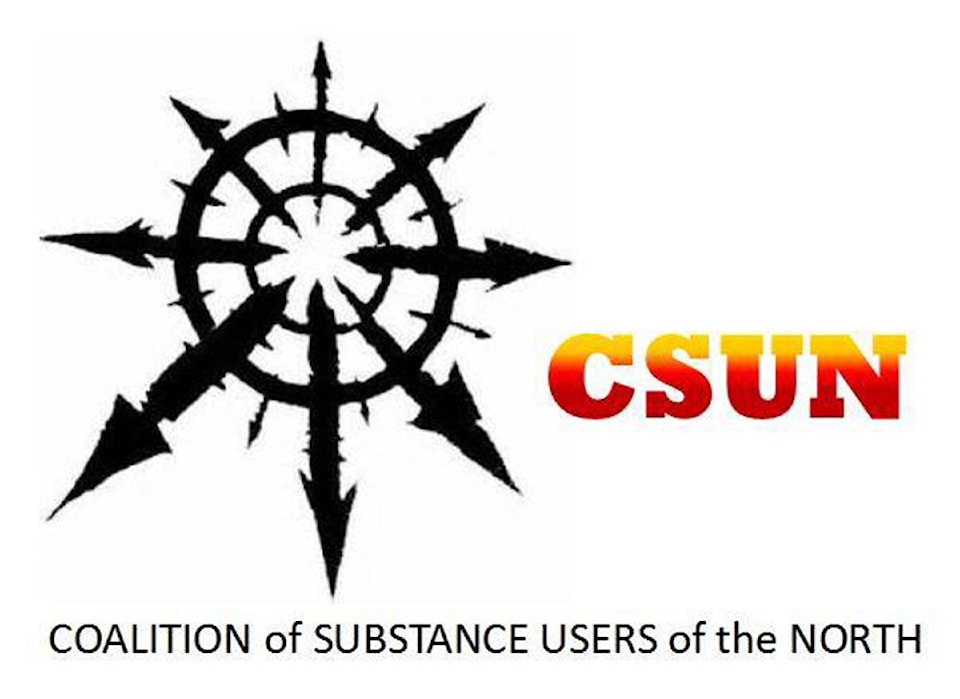Imagine a world where the ban on the sale of legal alcohol, also known as alcohol prohibition, never ended.
It’s Friday night, and you’re having a nice time watching the big game with your friends. What could possibly make this day better? Someone suggests an alcoholic beverage, everyone agrees, and they turn to their liquor cabinet to pour drinks from an unmarked bottle. The bottle your friend is sharing resembles a bottle that you’ve seen before, and you assume it’s safe to drink.
“All right!” you think, “nothing like a cold one to make this experience more fun.” Little did you know that the drink contained methyl alcohol, a toxic form of alcohol that causes death. Because of the illegal nature of alcohol during prohibition, it turns out your friend got the alcohol illegally, without knowing what was in it and that it might cause harm to you and your friends.
What is wrong with this picture? Ultimately, it is that prohibition increases the risk of toxins and other impurities in alcohol due to illicit and unregulated manufacturing that increases the possibility of undesired harms and even death.
Many studies indicate that alcohol is more damaging to the individual, and to society, than any other drug, yet it remains legal. Why is this? It is because during prohibition, the toxicity of alcohol increased simultaneously with the rate of crime. It is no surprise that individuals had to use alcohol secretly and were less likely to seek help for their problematic use because of the criminal consequences of their drinking.
People against prohibition claimed that too many people were ignoring the law and drinking illegally and that prohibition contributed to the expansion of organized crime and violence. The new slogans became “Moderation” and “Government Regulation.” Instead of treating problematic drinking as a criminal issue, the “war on alcohol” shifted in tone to becoming a medical issue.
The history of the prohibition on alcohol is very similar to the history of “the war on drugs.”
An illegal market has created inflated prices and more organized crime. People continue to use drugs despite the criminal consequences, and the criminalization of drugs makes people afraid to reveal their use and seek treatment. More recently, many drugs have become contaminated with the opiate fentanyl.
Although drugs have always been dangerous, people have never died at such high rates from drug toxicity. As four people die a day in B.C. from the toxicity of the drug market, we need to reconsider our approach to drug policy and think about ways to support a regulated and safe supply of drugs.
What many health care professionals are advising in response to the current drug poisoning crisis is what is called a safe supply of drugs.
This means that individuals would be allowed to safely acquire drugs in a regulated way from a dependable legalized source. Ideally, instead of criminalizing drug use, drugs would be available in much the same way as alcohol. The immediate benefit of such a shift would be an end to the high overdose deaths we are seeing from our current toxic drug supply. Research shows that with an increase in access to safe supply, crime rates would lower, rates of recovery from problematic use would increase, and the overall rate of drug use would decrease.
Individuals would also face less stigma and isolation, because with increased regulation of drugs comes a shift in the idea that drugs are bad and that the people who use them should be criminalized. If the prohibition of alcohol failed, maybe it’s time for us to rethink the prohibition on drugs.
READ MORE: A Reader and Guide to Drug User Self Determination and Organizing
READ MORE: Harm Reduction Education: The Overdose Crisis
— This column is brought to you courtesy of the Coalition of Substance Users Organization (CSUN). It is the third of four columns the CSUN will be contributing to the Observer. The first column appeared in the Feb. 20 newspaper, while the second appeared Feb. 27, and both columns can be found online at quesnelobserver.com.
